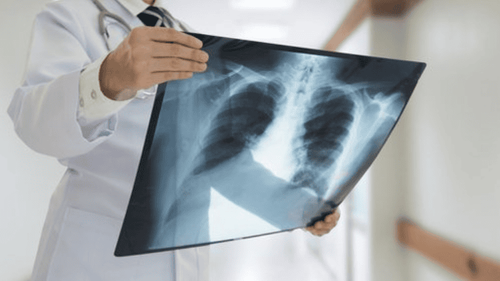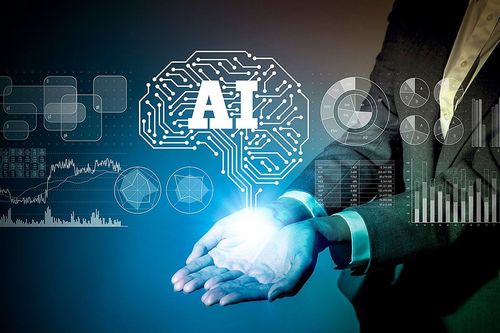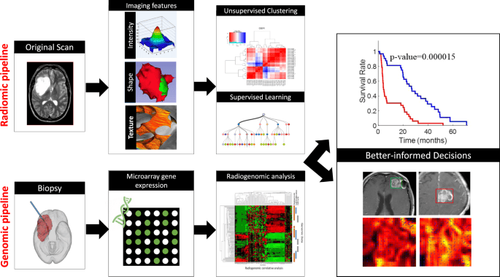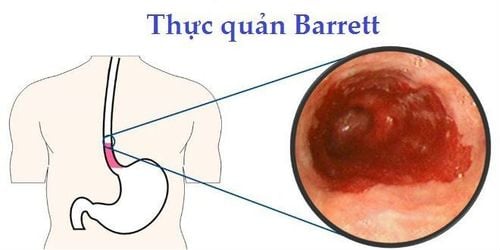This is an automatically translated article.
The article was written by Master, Doctor Hoang Van Lan Duc - Doctor of Radiology - Department of Diagnostic Imaging and Nuclear Medicine - Vinmec Times City International General Hospital.Countless articles have been written over the years on whether artificial intelligence (AI) can replace the radiologists, leading to the extinction of the radiologists like in the Jurassic period. . However, there is a comment in the Journal of Radiology as follows: Artificial intelligence, chiropractors have no reason to fear being replaced - as long as they are willing to embrace AI and adapt to the changes. this. Author Curtis P. Langlotz from Stanford University has written extensively on this topic. According to him, there are four reasons AI will not replace the general practitioner. Let's find out in the following article.
1. The doctors of the AHA have faced a similar situation before
This isn't the first time chiropractors have faced "this supposedly terrible enemy," Langlotz notes. The 1990s saw an explosion in the use of computer systems to aid in diagnosis, but studies show that this does not help or affect the accuracy of doctors' diagnoses.Langlotz writes: “The recent explosion of AI algorithms offers a promising future. It has been recognized by several medical organizations based on certain standards. The increasing accuracy of AI will reduce false-positive detections. However, these AI algorithms only focus on a few examinations with certain disease groups. For AI to replace the primary care physician in all examinations is still an open question.”
2. Doctors always know how to adapt
History is full of changes that are supposed to be tough, he added, but it's never really been the end. When the magnetic resonance machine arrived, some thought that there would be no need for a radiologist to read the film, because the high-contrast images made abnormalities obvious. For example, looking at a magnetic resonance image of the spine, everything shows up very clearly from the vertebrae, joint spaces, discs, nerve roots, spinal canal and spinal cord to the ligaments and surrounding soft tissues. when compared with an X-ray or computed tomography of the spine.However, the reality is different. The radiologist has to learn more to understand the magnetic resonance machine, know its strengths and weaknesses. They have to learn how to get the desired images from each specific case, then from those clear images have to explain down to the symptoms, syndromes, and finally diagnose the disease. and differential diagnosis. That is, at that time, the need for expertise in imaging was more and more profound before the appearance of magnetic resonance machines. It is such past events that show us that, if chiropractors embrace AI, it will bring even better professional value in this specialty.

3. Accuracy of AI algorithm with medical doctors
“We often compare AI algorithms with those of the RA experts based on their ability to identify a single symptom or subgroup of symptoms/diseases,” writes Langlotz. These assessments simplify what the general practitioner can do. A comprehensive catalog of diagnostic imaging lists nearly 20,000 terms for imaging disorders and signs and over 50,000 related causes.He noted that algorithms that can help diagnose common medical conditions are a big step forward, but the GP can search for multiple conditions at the same time, and can notice any Something else suspicious may appear such as the patient's clinical and laboratory symptoms.
He likens “AI is very impressive at identifying horses, but it is far from recognizing which is a zebra”.
4. “Autopilot cannot replace the pilot”
According to Langlotz, a metaphorical comparison of how AI affects diagnostic imaging is how the autopilot has affected the pilot. Pilots can switch on autopilot while in the cockpit, allowing it to handle "simple or repetitive tasks" but if the system fails or there's a terrible storm up the what about horizon? The pilot is still right there and can take over when needed.For AI in imaging can be similar, AI is used to find small calcified nodules in mammograms, small opacities on lung films, or measure liver volume, .. Those are the jobs that need meticulousness and are easy to miss by a chiropractor.
Overall, Langlotz concludes, AI is destined to “profoundly change” the practice of diagnostic imaging but there will certainly still be a need for a general practitioner. “The ethereal notion of an artificial intelligence replacing us today is as far-fetched as tying human qualities to a submarine, as we are only seeing new AI bubbles,” he writes. surface of the water. Will AI Replace Physicians? This question is not standard, but it must be asked: Will chiropractors using AI replace doctors who do not use AI?
Please follow the website: Vinmec.com regularly to update many other useful information.
Please dial HOTLINE for more information or register for an appointment HERE. Download MyVinmec app to make appointments faster and to manage your bookings easily.
Reference article: Langlotz C.P. (2019). Will Artificial Intelligence Replace Radiologists?. Radiol Artif Intell, 1(3), e190058.













